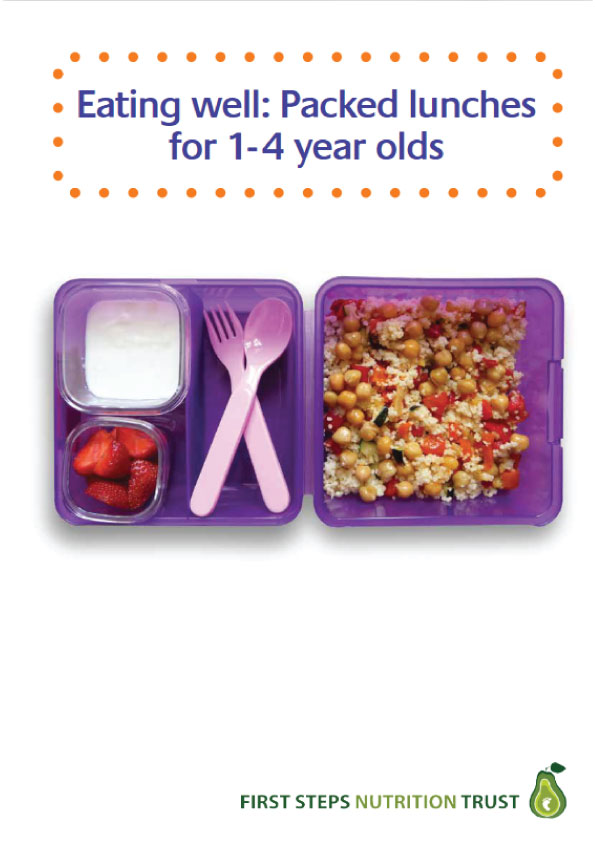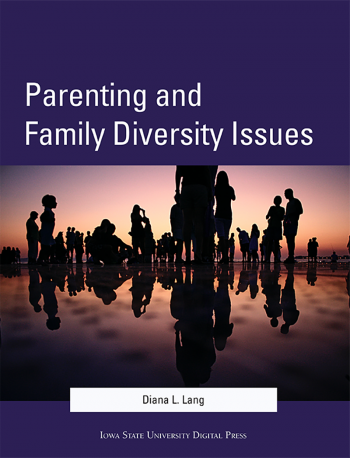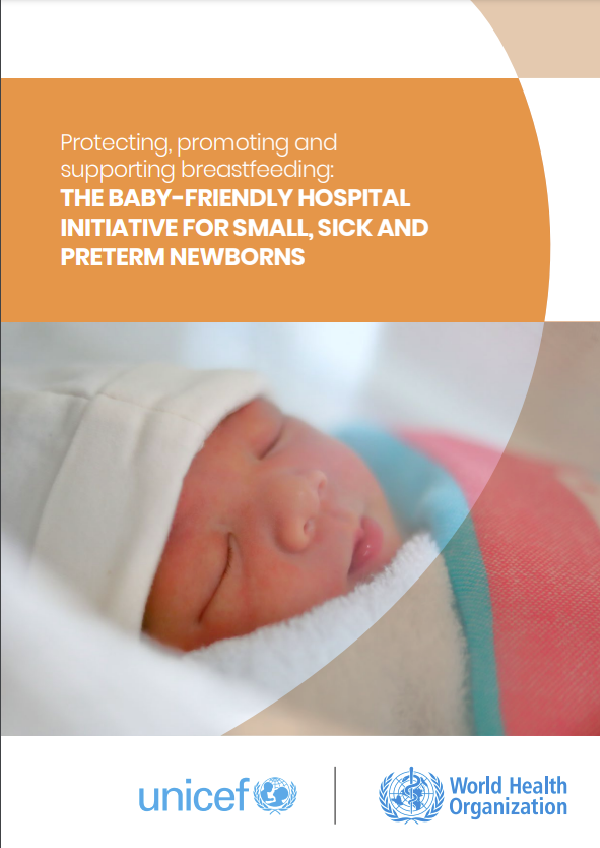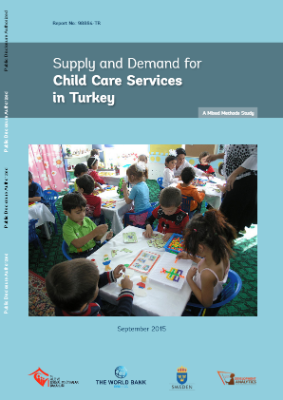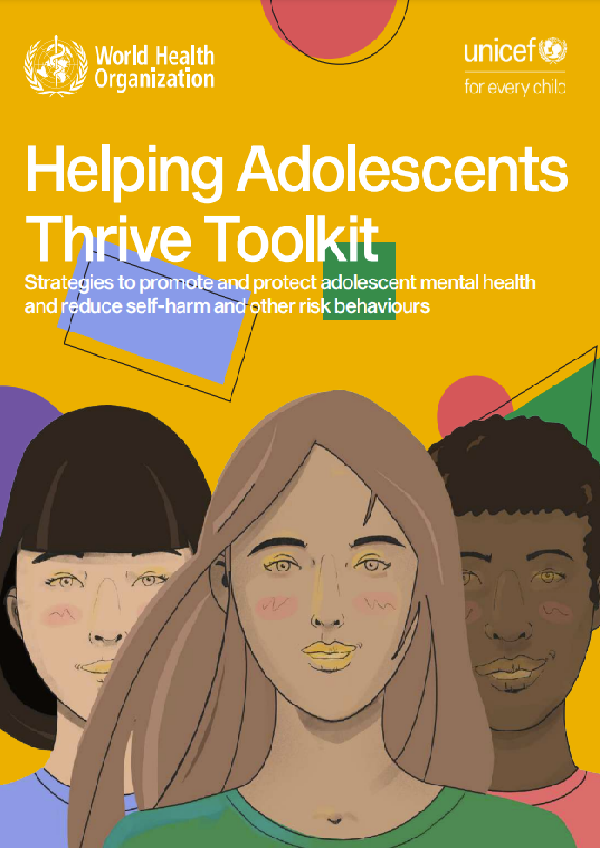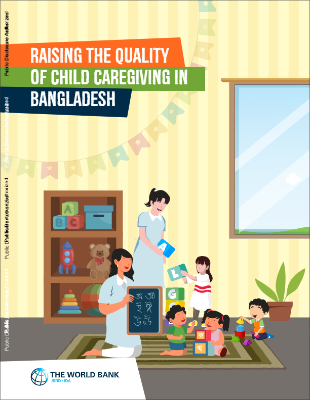Why do we need ideas for packed lunches?
Young children may take a packed lunch to their early years setting when they go for a half-day or full-day session, or may have them for school trips and outings. Increasingly, younger children who are offered free sessions in early years settings are required to bring in packed lunches. Families new to early years settings may need extra support to provide healthy packed lunches for their children.
A packed lunch should provide the same amount of energy and nutrients as a main meal for children of these ages, and should follow the key principles of eating well for this age group.
Healthy eating and physical activity are essential for proper growth and development in childhood. To help children develop patterns of healthy eating from an early age, it is important
that the food and eating patterns to which children are exposed – both at home and outside the home – are those that promote positive attitudes and enjoyment of good food
Key principles of eating well for 1-4 year olds
A good variety of different foods is important to ensure all the important nutrients (vitamins and minerals) are included in the diet. Make sure the content of packed lunches is varied from day to day.
Choose good-quality food. Young children need to eat small quantities of good food regularly. The best foods are those that are minimally processed and which have been made from good-quality ingredients. Avoid foods that are ‘diluted’ – for example, processed meat or fish covered with breadcrumbs, batter or other coatings (such as sausage rolls, Scotch eggs,
chicken nuggets or fish cakes) which make them lower in nutrients.
Young children should eat child-sized portions of at least five different fruit and vegetables a day. Where children are reluctant to eat these foods, they should at least taste five different ones every day and have them served with their meals and snacks so they become familiar with them.
Good sources of iron and zinc should be served at main meals. This includes meat, fish, eggs, ground nuts and seeds, and soya products such as tofu. See page 50 for examples of foods that are high in iron and zinc
Limit sugar intake. Children do not need sugary foods such as sweets, biscuits, cakes chocolate, soft drinks or sugar for energy. Sugary foods can damage teeth and provide calories but few nutrients. Starchy foods – such as potatoes, bread, rice, pasta and yam – are better sources of energy, as they contain other important nutrients too. Use fruit to sweeten yoghurts and desserts.
A good source of calcium, riboflavin and iodine should be served every day. Whole or semi-skimmed cows’ milk, cheeses, and unsweetened yoghurt and fromage frais are good sources of these nutrients. For children who do not have dairy products, an unsweetened fortified milk substitute such as soya milk or unsweetened fortified soya yoghurt can provide these nutrients. For details of other dairy substitutes for children, see pages 27 and 35. For more examples of foods rich in these nutrients, see page 49.
Make sure food for 1-4 year olds is low in salt. Avoid foods designed for adults, take-aways and foods that are high in salt such as processed meat, salty snacks and biscuits, sauces and ready-prepared meals
Children can drink water. Children should be encouraged to drink tap water if they are thirsty, and fresh drinking water should be available at all times. Water quenches thirst, does not spoil the appetite, and does not damage teeth.
What to avoid?
- Children aged 1-4 years should not be given foods or drinks containing artificial sweeteners (such as saccharin and aspartame), the preservative E211 or the artificial colours E102, E104, E110, E122, E124 or E129.
- Children should not be given tea, coffee, cola, energy drinks or other drinks that contain caffeine as these disrupt children’s sleep. Tea and coffee are also not suitable drinks for under-5s as they contain tannic acid, which interferes with iron absorption.
- Children over 1 year of age do not need fortified milks such as toddler milks or growing-up milks. These are sweeter than animal milks. Also, they do not contain enough of some nutrients and may have too much of others.
